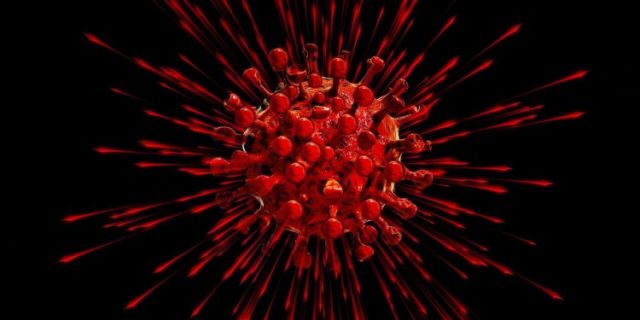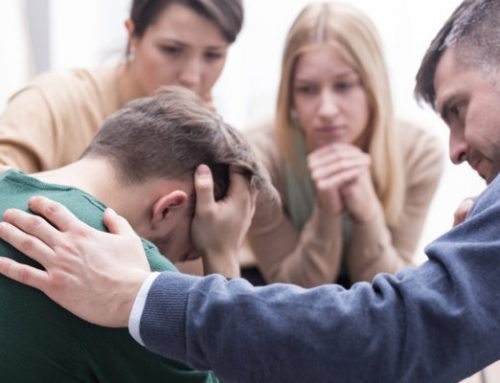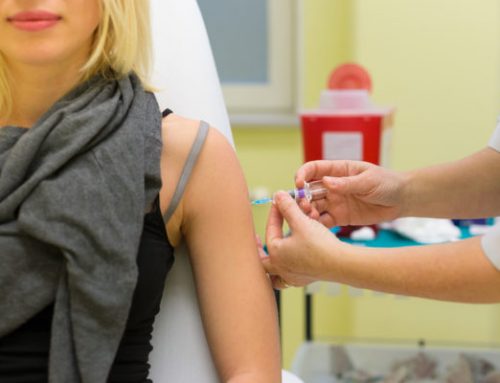Leading health officials are confident Australia is well beyond the peak of the Omicron wave, while assuring supply issues over rapid antigen tests are a thing of the past.
Speaking before a Senate estimates committee on Wednesday, Health Department secretary Dr Brendan Murphy said while the Omicron variant took the country by surprise, the worst of the wave was now over.
“What we are seeing now is case numbers are falling and the health system capacity is well within management,” he said.
While the peak of the Omicron wave was marked by widespread shortages of rapid antigen tests, Dr Murphy said supplies were now no longer an issue.
“There is plentiful supply now and no shortages, it is available in every chemist and aged care facility,” he said.
“The supply situation has dramatically improved.”
Dr Murphy suggested there was the potential for chemist and supermarket chains to remove the product limits for customers on rapid antigen tests due to more supplies being available.
Chief medical officer Paul Kelly told the hearing some of the worst-case scenarios that were envisaged for the Omicron wave, particularly in hospitals, did not eventuate.
“What hasn’t occurred is we haven’t reached the high rates of hospitalisations, in particular in intensive care … it is well within capacity,” Professor Kelly said.
“Although, it was a difficult time for healthcare workers on the frontline, we have come through that and that shows the resilience of the Australian health system.”
It comes as three federal MPs tested positive for COVID-19 on Wednesday.
Junior ministers Kevin Hogan and Scott Buchholz tested positive, along with Labor’s Annika Wells.
Mr Hogan, an assistant minister to Deputy Prime Minister Barnaby Joyce, said he started feeling symptoms on Tuesday morning and was following isolation orders.
The committee was also told the newest COVID vaccine in the country, Novavax, would be more widely available in the next fortnight.
The head of Australia’s vaccine rollout, Lieutenant-General John Frewen, said orders for the vaccine had been received at more than 2000 distribution sites.
“At the moment, Novavax is only approved as a primary course of vaccine, but Novavax are commencing the process for approval for a booster,” he said.
“We have started administering Novavax at sites across the country.”
Lieutenant-General Frewen also told estimates the gap between the Indigenous and non-Indigenous vaccination rate had reduced by 12 per cent.
Currently, 82.7 per cent of Indigenous Australians have received their first dose and 77.4 per cent are fully vaccinated,
Nearly 60 per cent of all of the eligible population in Australia had received their booster shot, while 80 per cent of people over 70-years-old have had their third dose.
More than one million children aged between five had 11-years-old have had their first vaccination, or 48.1 per cent.
However, that’s compared to a vaccination rate of 28.8 per cent of Indigenous five to 11-year-olds who have received their first dose.
There were a further 64 COVID-19-related deaths reported on Wednesday, with 27 from NSW, 18 in Victoria, 12 in Queensland, four in South Australia and three in the Northern Territory.
Nationally, there were 29,229 cases of the virus in the latest reporting period.
Andrew Brown
(Australian Associated Press)






